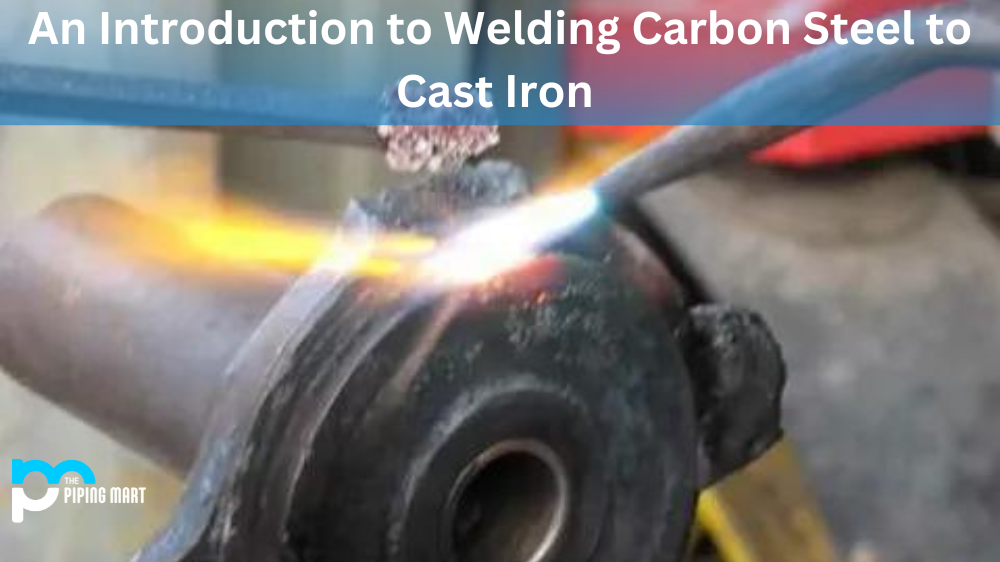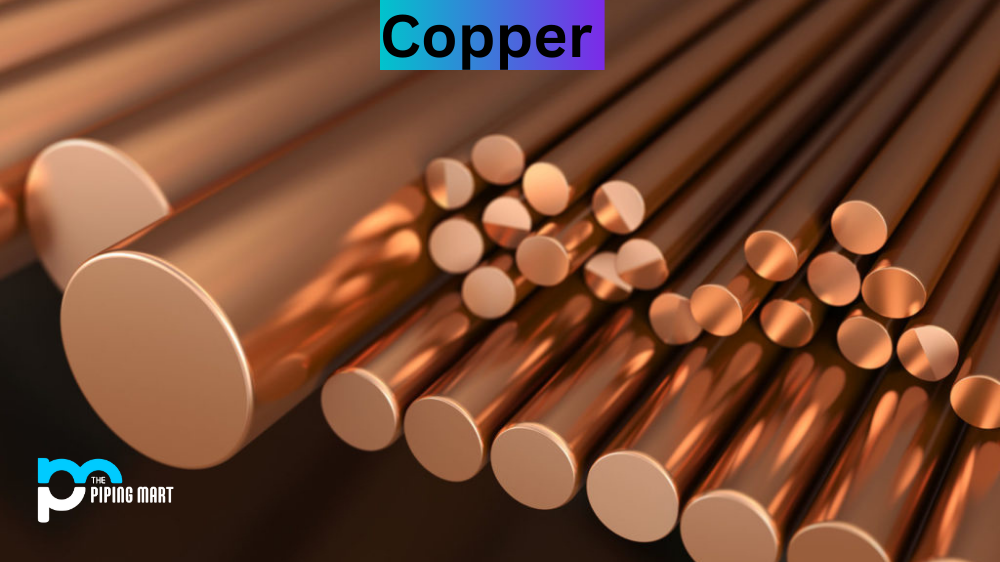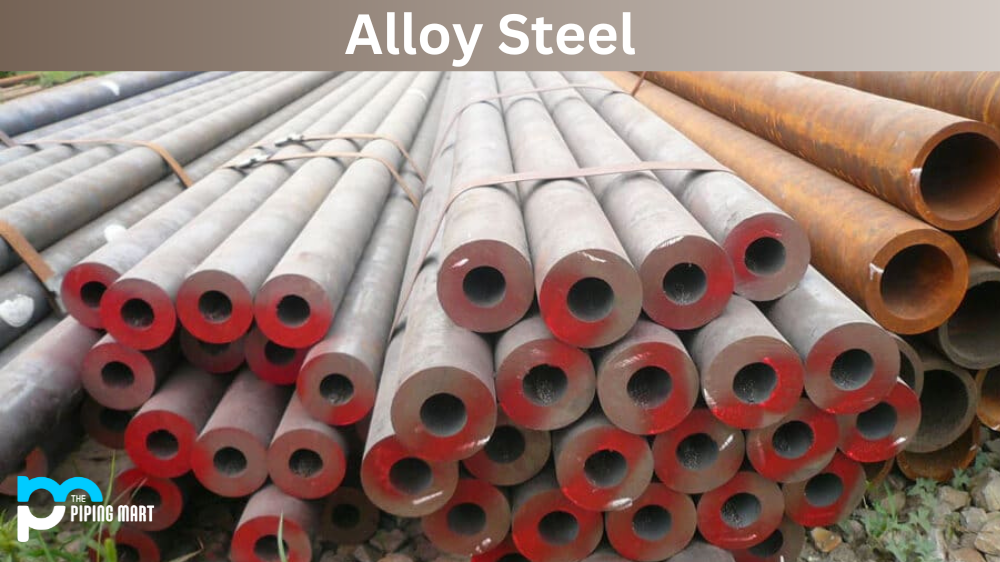When it comes to welding, it’s important to understand how different materials react together. Two types of metals that can require special attention when welding together are carbon steel and cast iron. While both have their advantages and drawbacks, learning how to weld them together properly is key for any welder. Let’s look at the basics of welding carbon steel to cast iron.
Material Preparation
The first step in welding carbon steel to cast iron is ensuring that both materials are properly prepared for welding. Both should be cleaned thoroughly with a wire brush before beginning the process. This eliminates any dirt or debris that may be present on either material, as well as any rust or corrosion which could cause problems during the welding process. It’s also important to note that carbon steel should always be preheated before welding; this helps reduce the material’s potential warping or cracking during the heating process.
Welding Processes
When it comes to welding these two materials together, there are two primary processes used by experienced welders: shielded metal arc welding (SMAW) and gas tungsten arc welding (GTAW). SMAW is an economical method of joining metals using an electric arc created between an electrode and the base metal; this allows for a strong weld but requires extra care due to its high heat levels. GTAW is more precise than SMAW and involves a tungsten electrode being used with an inert gas shield; this allows for better control over heat input and produces very clean joints between two pieces of metal.
Welding Techniques
In addition to selecting the right process, welders must also use specific techniques when joining these two metals together. For instance, when using SMAW, welders should use a “back-step” technique which involves starting at one corner of the joint and working backward towards the other corner; this helps ensure even heating throughout the entire joint area and prevents warping or cracking due to uneven temperatures across different parts of the metal. Additionally, GMAW utilizes a push/pull technique that helps keep heat levels consistent and provides greater control over penetration depth within the joint area.
Conclusion:
With some preparation and practice, anyone can learn how to join carbon steel properly and cast iron together to create strong welds that will last for years! By following proper preparation steps, such as cleaning each material beforehand and selecting an appropriate process (such as SMAW or GMAW), along with utilizing specific techniques (like back-step or push/pull), you can ensure that your welds will hold up against whatever life throws at them! Whether you’re just starting with welding or have been doing it for years, understanding how different materials interact is key to creating strong joints every time!
Meet Heer, a dynamic and driven writer learning tricks of her trade in the metal industry. With a background in Digital Marketing, Heer brings a unique perspective to her writing, sharing valuable insights. Apart from blogging she like reading and hiking.




